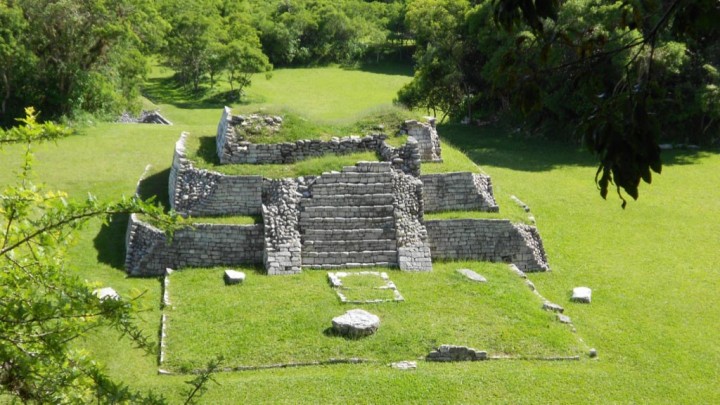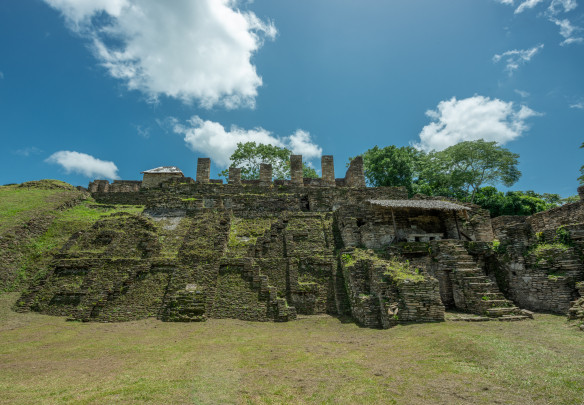Archeological Sites
10 Sites
In the heart of the Lacandon jungle, Bonampak is famous for its extraordinary murals, which show scenes of war, paying tribute and the capture of prisoners for sacrifice.
Chiapas
Sureste
1679
In the remote past this was an agricultural village on the banks of the river Grijalva and it became the most important ceremonial center of the Mixe-Zoque people. Its terraces, plazas and constructions, as well as the multitude of tombs with offerings and the ornamentation of the temples decorated with fine limestone, show its importance.
Chiapas
Sureste
1680
The great city of the lakes of the ancient Maya, near the Guatemala border, with buildings cleverly adapted to the irregular shape of the hills. It has a very large ballcourt and the Plataforma de las Lajas (Platform of the Stone Slabs) was built from the largest cut stones in the whole of Mesoamerica.
Chiapas
Sureste
1681
Its strategic position on the Pacific coast was of great importance for communicating the Altiplano (high plateau) with the south of Veracruz and the area of the Isthmus. Its monolithic architecture of blocks of stone—some weighing almost two tons—is surprising, as well as its altars, stelae and beautifully carved sculptures.
Chiapas
Sureste
1682
The ceremonial, political and religious center of Soconusco for nearly a thousand years. Among the vestiges there remain plazas, admirable stelae and altars decorated with remarkable reliefs which experts consider show the evolution from Olmec to Maya art.
Chiapas
Sureste
1683
John Lloyd Stevens described it as “a wild place of incomparable beauty…” The great civic and religious center is located on the island of El Limonal (lemon grove) and the rest of the vestiges are dispersed on little islands and peninsulas in present-day Lagos de Colón.
Chiapas
Sureste
1684
A dazzling city (400 – 900 AD), it lay hidden in the jungle for many centuries, and was the seat of the powerful dynasty of king Pakal. It is home to fabulous temples, palaces, plazas, tombs, sculptures, and hieroglyphic inscriptions telling the history of the place. It was declared a World Heritage Site in 1987.
Chiapas
Sureste
1685
Spectacular platforms with retaining walls, plazas, palaces, shrines and dwellings. Maintained important commercial relationships (300-1200) with the neighboring region, the Gulf Coast of Mexico, the Central Depression of Chiapas and the Guatemala highlands.
Chiapas
Sureste
1686
Situated on the border of the Mayan highlands and the lowlands. A warrior state that overcame Palenque, and left a remarkable Acropolis, built of platforms one superposed upon another, and a pyramidal structure unique in the Mayan area due to its complexity and monumental size; it is even taller than the Pyramid of the Sun at Teotihuacan.
Chiapas
Sureste
1687














